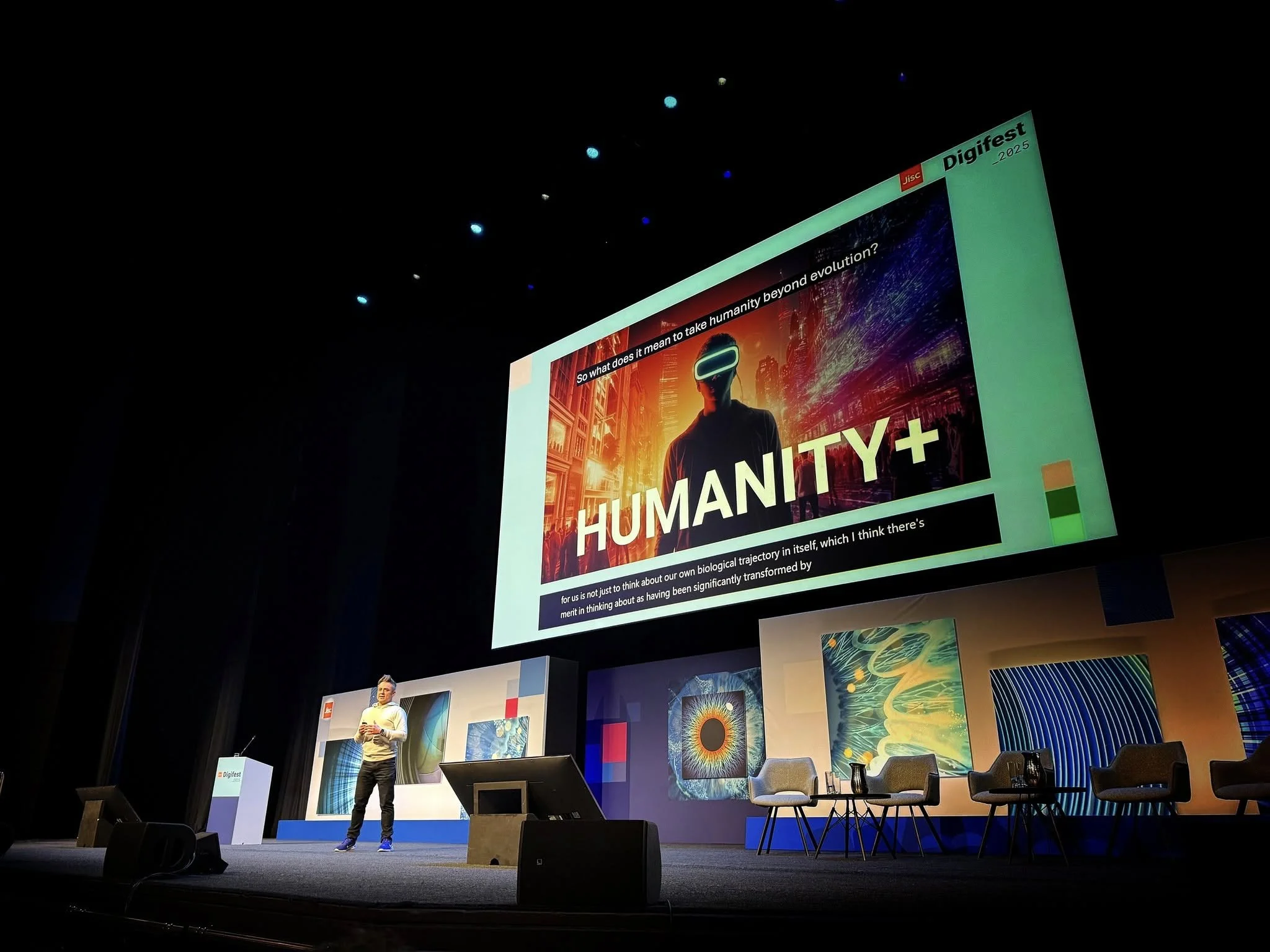
Make it stand out
What’s been happening?

Salford International Media Festival #SIMF14

A Deep Blue Grasshopper: Playing Games with Artificial Intelligence

Smart Cities, Smart Sports

Social Media & Radio: A Natural Born Partnership?

Bioarte: Actuacion Transhumana y Posthumana

Expanding the Ebola debate

In Conversation with Marcus Coates

Project Daedalus Lab

Ethics of Risk Communication

Manchester Science Festival + @SalfordUni #msf14

My Summer

Project Daedalus needs a Producer & Research Assistant

Ethics, Science, Technology, and Engineering: A Global Resource

Project Daedalus
Filming athletes with Google Glass at #Nanjing2014

Let the Selfie Olympic Games Begin

Movie Review: Her (2014)

Nanjing 2014 Youth Olympic Games

Sport Photography

